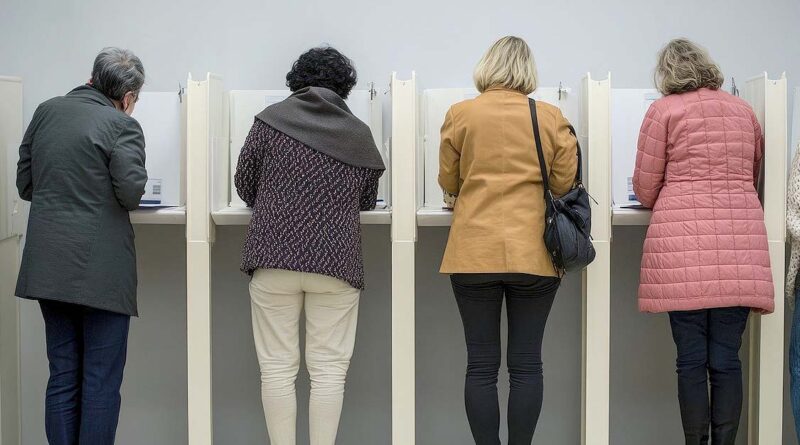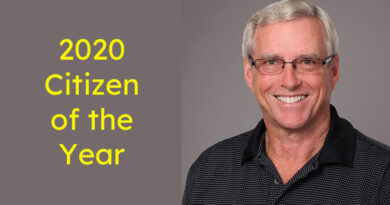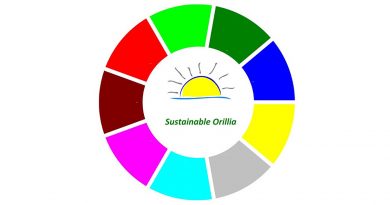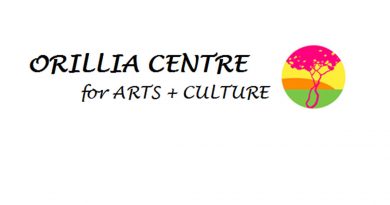Editorial: Making Votes Count
By Fred Larsen – Special to SUNonline/Orillia
A couple of nights ago, my wife and I were watching the evening news on CBC when Andrew Chang launched into an explanation of how the Electoral College system worked in the U.S. He pointed out that, in most U.S. states, the candidate who receives the most votes in that state then receives ALL of the Electoral College votes.
An online search confirmed Chang’s information. World Population Review said:
“Apart from Nebraska and Maine, all other 48 states plus the District of Columbia are winner take all states. In the 48 winner-take-all states, all their electoral votes go to the candidate who wins the popular vote in the state.
“A candidate needs to gather a majority of the electoral votes to win the presidential election. There’s a total of 538 electoral votes. Therefore, a candidate needs to garner 270 votes to become president. This is to say that the votes of the Electoral College decide who becomes president.”
The results in 2016 were incredibly close in a number of states. Consider the following examples:
Pennsylvania: Trump won 48.2% of the vote
Clinton won 47.5%.
(Trump wins 20 electoral votes)
Michigan: Trump won 47.3% of the vote
Clinton won 47.0%
(Trump wins 16 electoral votes)
In the 2020 election, Biden won over Trump in similar fashion.
Georgia: Biden won 49.5% of the vote
Trump won 49%
(Biden wins 16 electoral votes)
Arizona: Biden won 49.4% of the vote
Trump won 49%
(Biden wins 11 electoral votes)
These close contests, among others, led to the designation of “battleground states” resulting in both Republican and Democratic parties pouring enormous resources into those states—at enormous costs—in order to win these electoral votes. The four states above, along with Wisconsin, North Carolina, and Nevada, are considered battleground states in 2024.
What this winner take all system does effectively, is ignore all of the votes cast for candidates other than the candidate who has most votes in the state. The others become wasted votes – even in cases where the losing candidate might have won a majority of votes across the entire country as Hillary Clinton did in 2016 by almost 2.9 million votes, with 65,844,954 (48.2%) to Trump’s 62,979,879 (46.1%).
Many Canadians probably look at this American voting system and shake their heads. And many would say, “It doesn’t make any sense,”.
Unfortunately, our Canadian first past the post electoral system works much the same way, and because Canada has more parties (four main ones in most parts of the country, five in Quebec), our system often results in more than 50% of votes cast being effectively wasted.
Why? Because in essence, each of our federal and provincial ridings (or electoral districts) function the same way as the electoral college system in the States. The candidate who wins the most votes wins the riding. All of the other votes – even when they constitute the majority of votes cast—elect no one. In many ridings, including Simcoe North, winning candidates often win just 40-45% of the votes or less. Thus a majority of the votes cast elect no one.
Even more egregiously, parties are then given a majority of seats in Canada’s parliament, or in the provincial legislatures, even though they have often won much less than 50% of the votes cast. Over the last 100 years, only four national elections have seen winning parties win at least 50% of the vote: 1949 (Liberals win 50.1%), 1953 (Liberals win 50.0%), 1958 (Conservatives win 53.7%) and 1984 (Conservatives win 50.0%). In the past seven Canadian elections, no party forming government won even 40% of the popular vote.
In 2024, the first past the post system in use in Canada is as archaic and unfair as the American system. Surely it’s time to throw away adherence to one of the relics of our country’s history as a British colony, and move to a system that allows for a more truly representative democracy and prevents the travesty of governments claiming to be a majority government when clearly they are not.
Isn’t it time for Canadians to change to an electoral system (nationally and provincially) which makes more sense? One resulting in governments reflecting the voting decisions of the people? A made-in-Canada version of Proportional Representation, anyone?
I challenge everyone reading the above to take time to learn more about how PR systems work. You’ll find that some 95 countries in the world consider it a better electoral system for a democratic country. The first past the post system is a relic and needs to be replaced.
(Images Supplied)
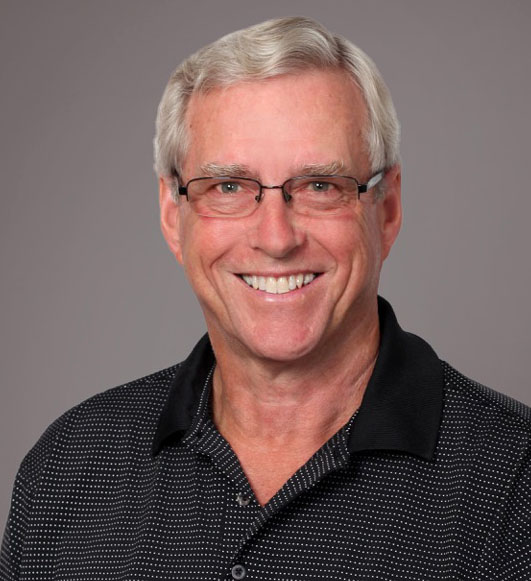
Fred Larsen is a co-founder of Sustainable Orillia, and was treasurer of the group until recently. He is also a former Liberal candidate for Simcoe North in the 2011 and 2015 federal elections

